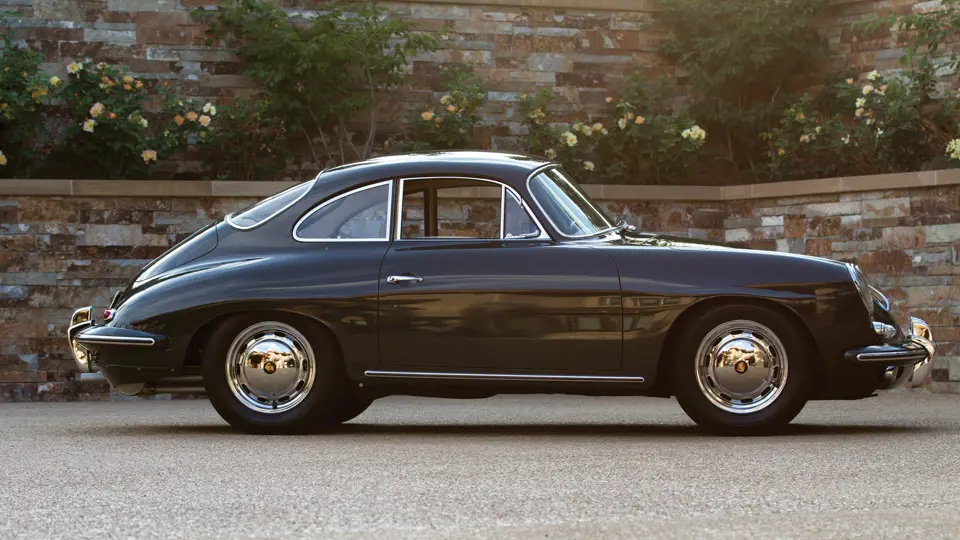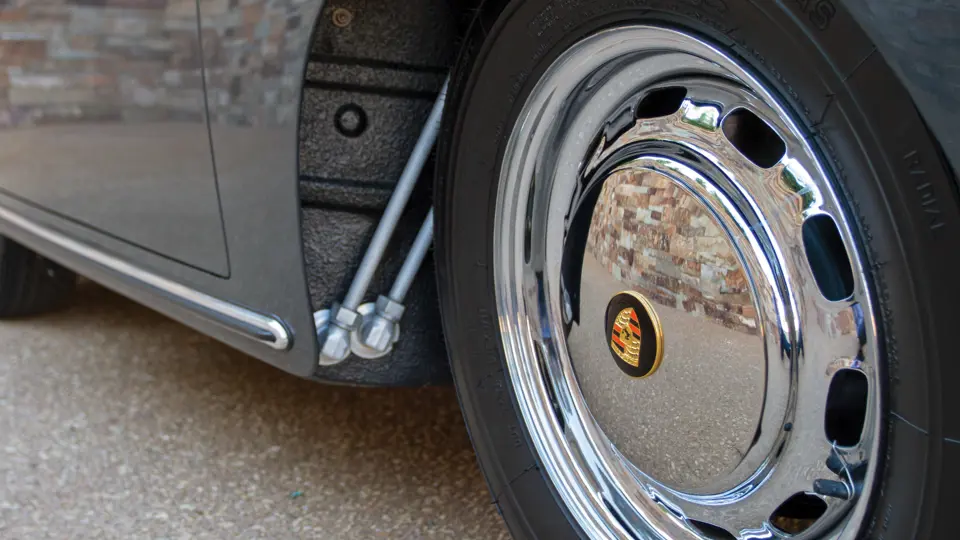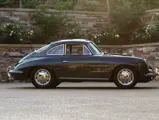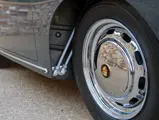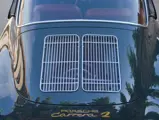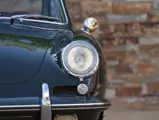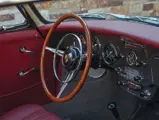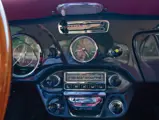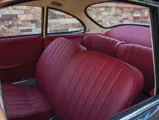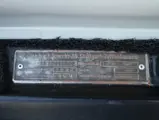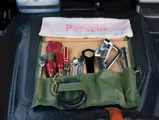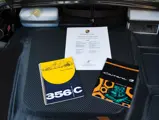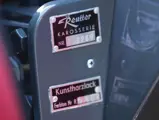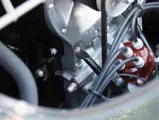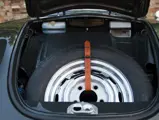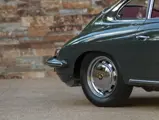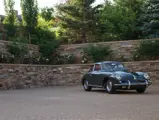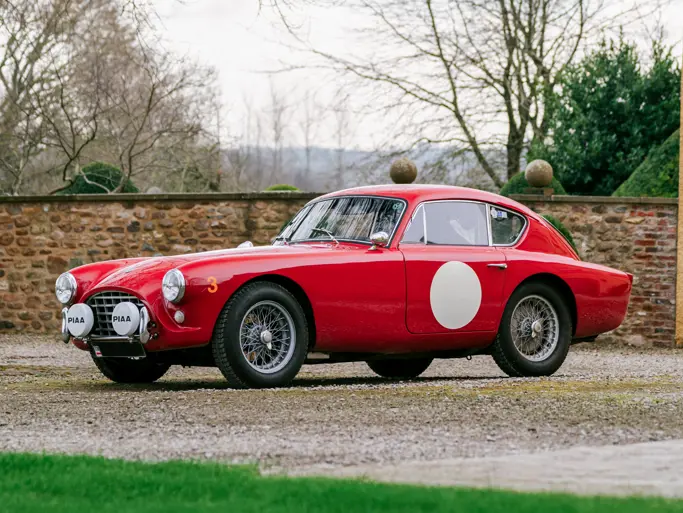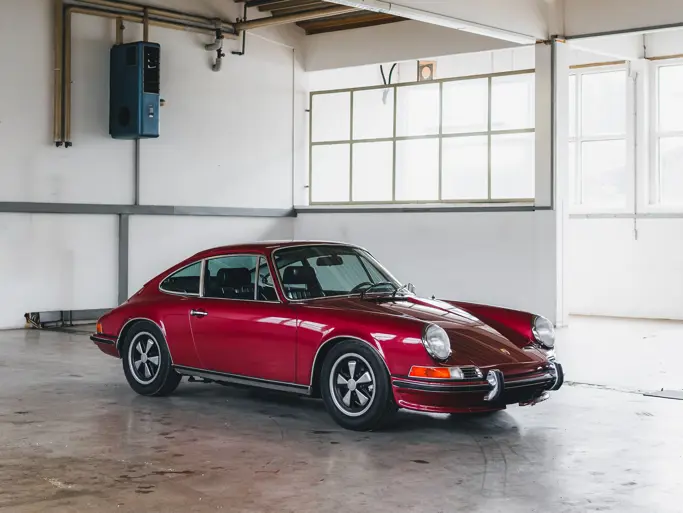
1964 Porsche 356 C Carrera 2 Coupe by Reutter
{{lr.item.text}}
$750,000 - $900,000 USD | Not Sold
{{bidding.lot.reserveStatusFormatted}}
- A very rare and desirable high-performance, four-cam 356
- Recent comprehensive restoration by top marque specialists
- Displayed at The Quail in 2014
- Matching numbers, as per its Kardex and Porsche Certificate of Authenticity
130 bhp, 1,966 cc DOHC air-cooled horizontally opposed four-cylinder engine with dual Solex 40 PII-4 carburetors, four-speed manual transmission, independent front and rear suspension, and four-wheel disc brakes. Wheelbase: 82.7 in.
The 130-horsepower Carrera 2000 GS was at the top of Porsche’s product line in 1964. These were very expensive 356s, at a cost of about $7,600 from the factory, nearly twice that of a 1,600-cubic centimeter pushrod-equipped coupe. Ten years after its introduction for racing in the “Giant Killer” 550 Spyders, the highly complex four-cylinder quadruple-camshaft engine, now in two-liter form, made the 356 C Carrera a very potent road machine. Equipped with a stronger Hausermann clutch and taller “American” gearing (BBAB), these Carreras were capable of reaching 60 mph in about nine seconds and managing a top speed of 130 mph, with the engine revving to its 7,000-rpm redline in fourth gear.
According to the reference book by Carrera historians Sprenger and Heinrichs, only 101 Type-C Carrera 2 Coupes were constructed from 1963 to 1965. The coachwork was very similar to that of standard coupes but had a number of subtle modifications. Among them was the use of front bumper guards (without exhaust ports) at both ends. There were also changes to accommodate improved engine cooling, the most important of which was the installation of a pair of small auxiliary oil radiators, mounted one to a side behind the horn grille openings in the nose. The horn grilles themselves were deleted to improve airflow. For reliability, Porsche had adopted a new plain-bearing crankshaft in place of the early Hirth roller-bearing design, which proved fragile as used in previous four-cam engines.
These new Type 587 two-liter motors could be distinguished from the earlier 1600 four-cams by their rectangular camshaft covers and 12-volt electrical systems. The 356 C Carrera was topped by a pair of Solex 40PII-4 downdraft carburetors fed by a single electric fuel pump. The fuel tank was slightly larger (110 liters) than that of the pushrod 356 C. To ease access to the spark plugs, small access panels were installed inside the rear wheel wells. The transmission was a fully synchronized Type 741 four-speed gearbox. The Carrera’s improved performance mandated better stopping ability as well; 356 C Carreras were equipped with Porsche’s new ATE disc brakes, which had superseded the annular disc arrangement of the 356 B. C-series Carreras had softer torsion-bar springing for greater driving comfort, and a new transverse leaf was mounted below the transaxle to serve as a “camber compensator,” ensuring that the rear wheels never achieved more than slight positive camber. Carreras were tremendously successful in both road racing competition and rallying. Properly set up, they were immensely durable, and given Porsche’s legendary build quality, nearly always finished. Carreras won many international and American amateur racing championships for the marque.
Although the factory Kardex for this attractive Carrera 2000 GS Coupe notes that it was completed at Porsche’s Zuffenhausen factory on August 8, 1963, it also shows that the car received its initial routine service a day earlier, recorded at 430 kilometers. Such are the vagaries of hand-entered production records of the day. Regardless, its first recorded owner is shown as an H.J. Peters, of Ballidam 27 in Hamburg, Germany. The car returned to the factory for additional servicing in September, October, and December of 1963 and again in March and April the following year. The last entry on the Kardex shows a service performed on August 22, 1964, at 32,198 kilometers.
According to its current owner, the car was offered for sale in 1966 by Ewe Buell through an advertisement in the Washington Post. The car was purchased by Royce William Randall Jr., who owned the Porsche until 1979, at which time it was sold in Denver, Colorado, to Rusty Ferrell, of Salt Lake City, Utah. Mr. Ferrell owned and drove the car sparingly for many years until it was acquired by European Collectibles in Costa Mesa, California, in 2013. During the exhaustive, 18-month nut-and-bolt restoration, it was sold to the current owner.
The engine was outsourced for overhaul to Bill Doyle, one of the country’s pre-eminent Carrera engine experts. The brightwork went to marque specialist Victor Miles for plating and polishing. The body was repainted its original color of Slate Grey (6401), and its original beige leatherette and corduroy interior was replaced with attractive new red leather, grey German square-weave carpeting, and black rubber floor mats. This restoration was meticulous, including such items as the correct clear front turn signal lenses. The car was completed just prior to being displayed at last year’s The Quail – A Motorcar Gathering, one of the highlights of Monterey Car Week. Although it has been run and maintained in a highly regarded collection, the Carrera 2 has only been driven test mileage since completion and presents as new.
This handsome Carrera Coupe, with its factory-installed wood-rimmed steering wheel, is nicely optioned with factory-installed fog lamps, a Blaupunkt radio with dual speakers, an inside thermometer, ventilated chrome wheels, and seat belts, and it is supplied with an owner’s manual (with correct Carrera 2 supplement), an original tool roll, and its Porsche Certificate of Authenticity, which confirms the original matching-numbers components. As 2000 GS Carreras come to market infrequently, offered here is the opportunity to acquire a beautifully and fully restored example of the penultimate 356 Coupe, one that is proper in all regards.


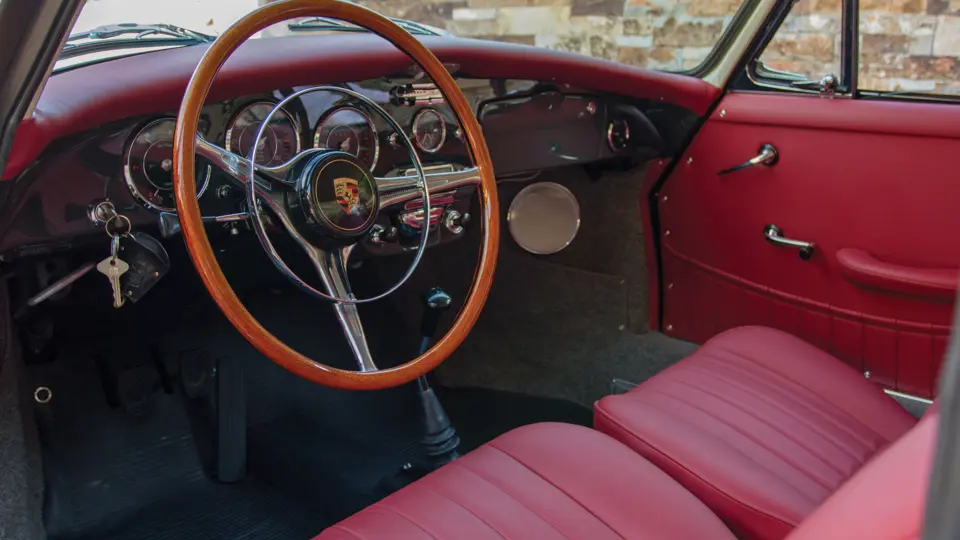

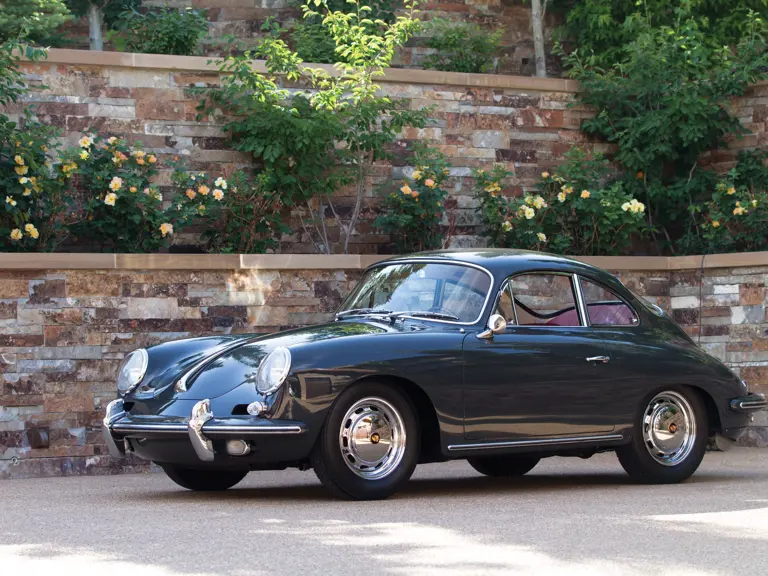
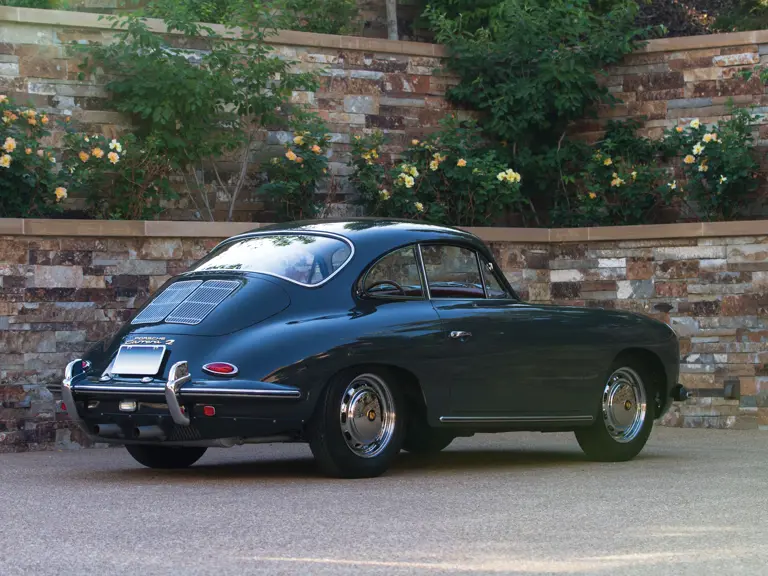

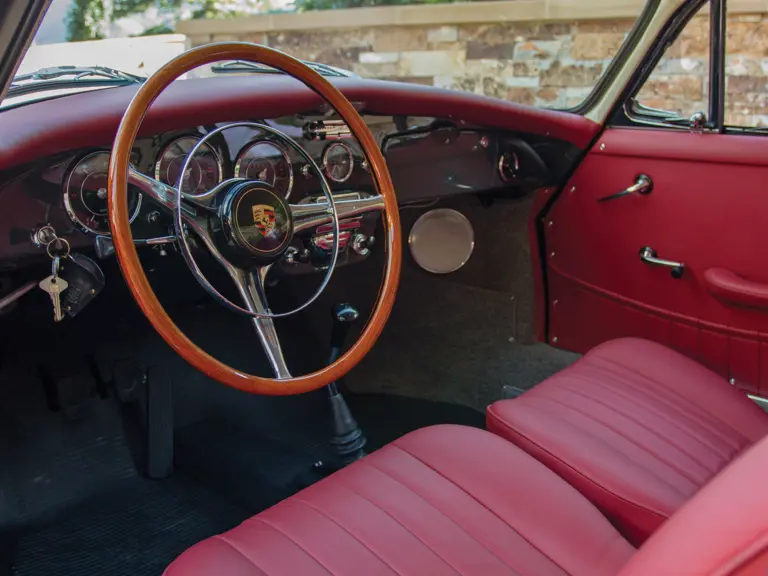
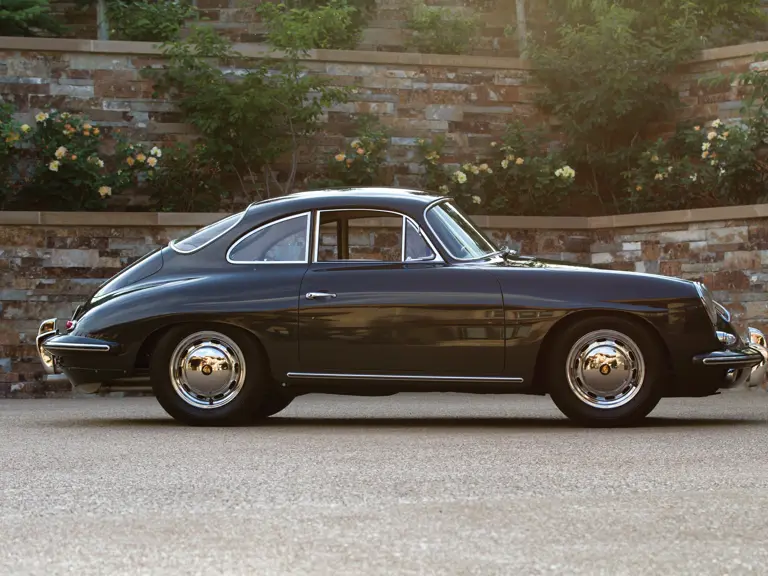
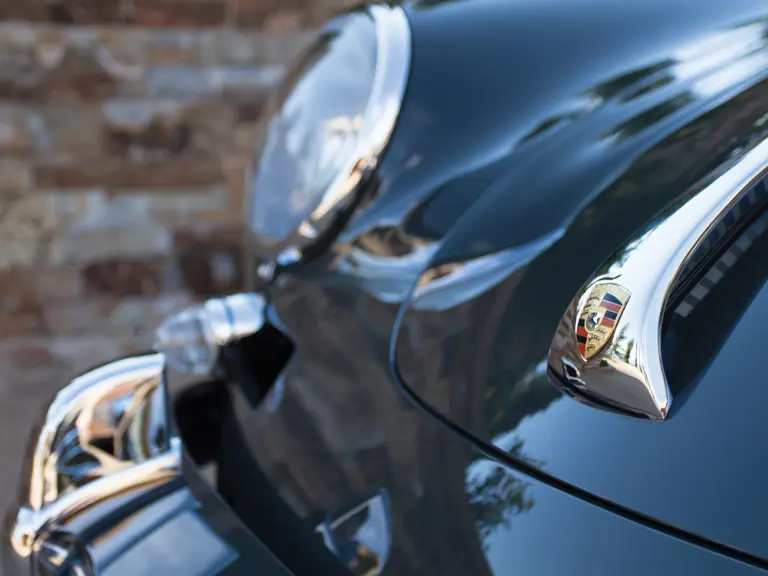

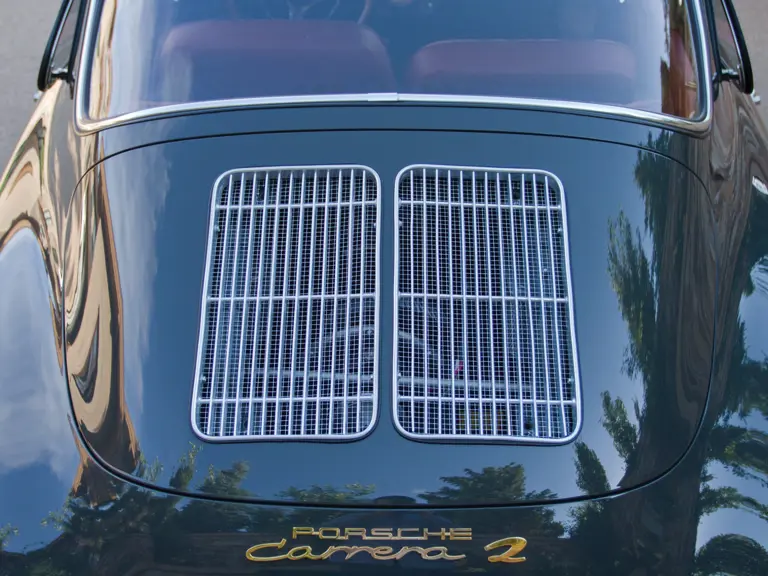



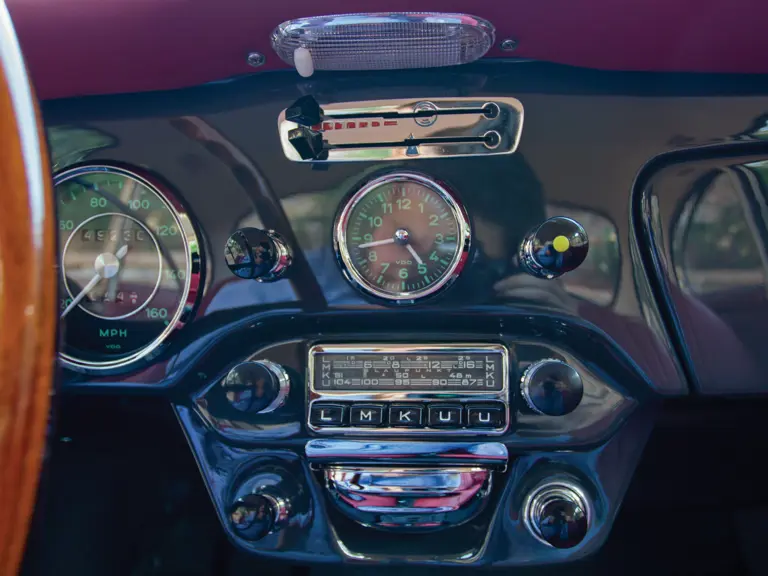
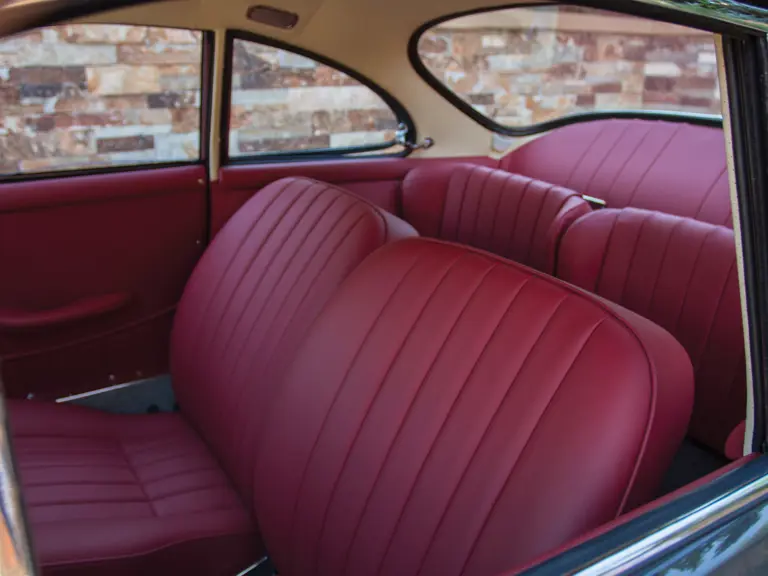

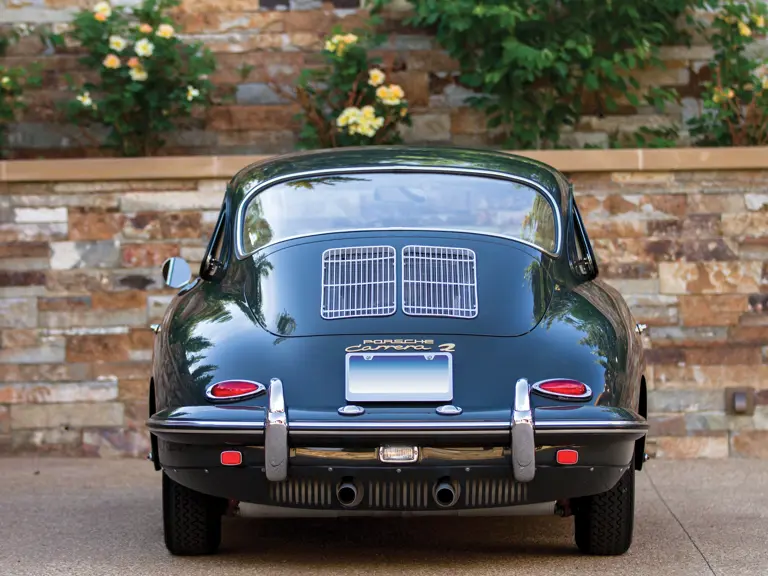
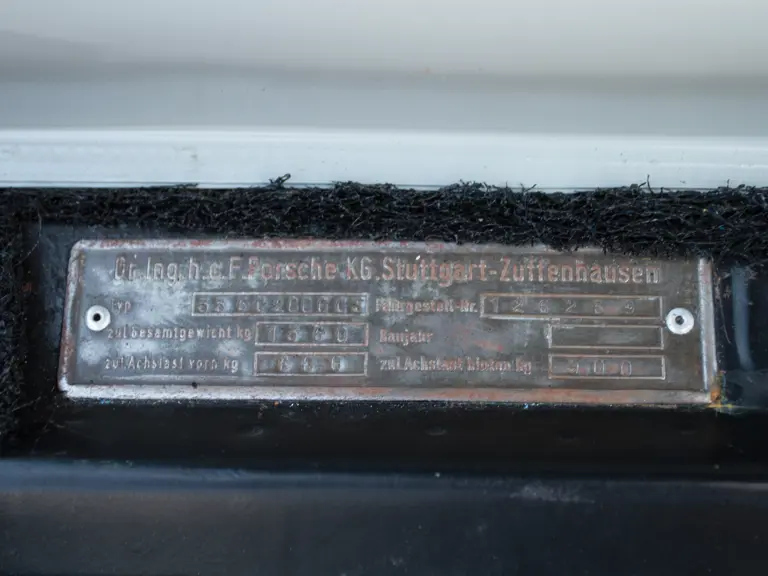
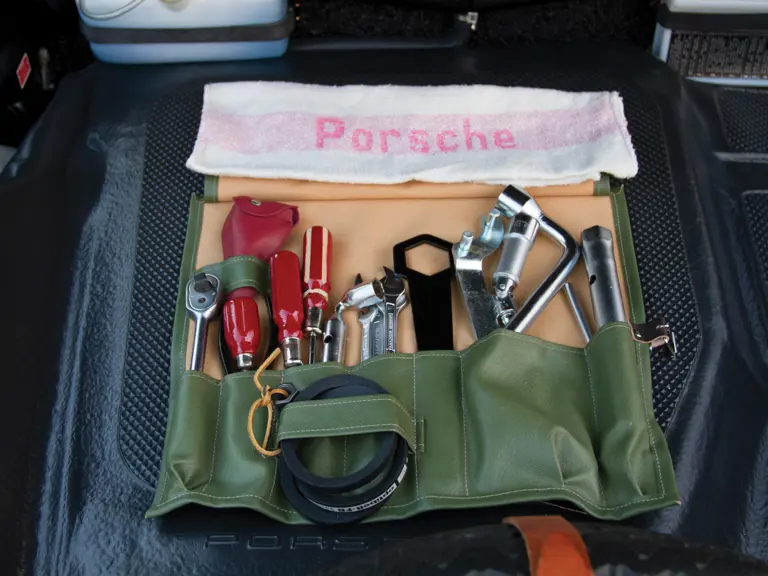
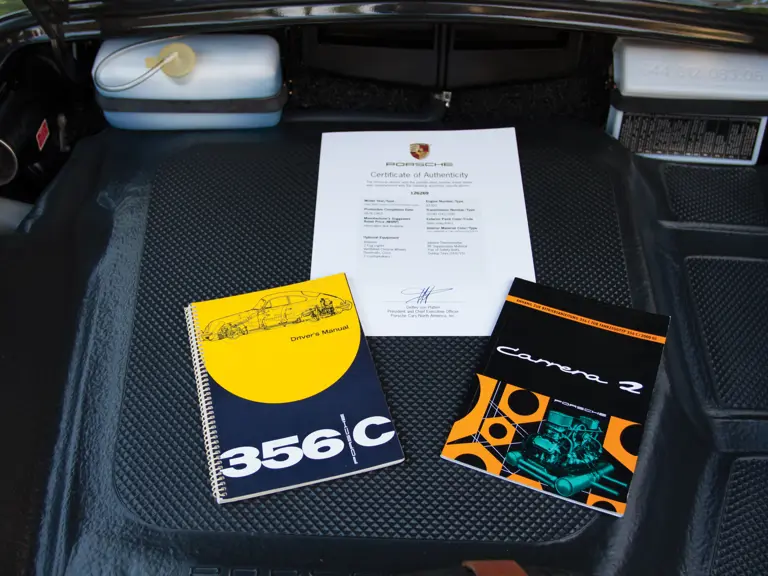

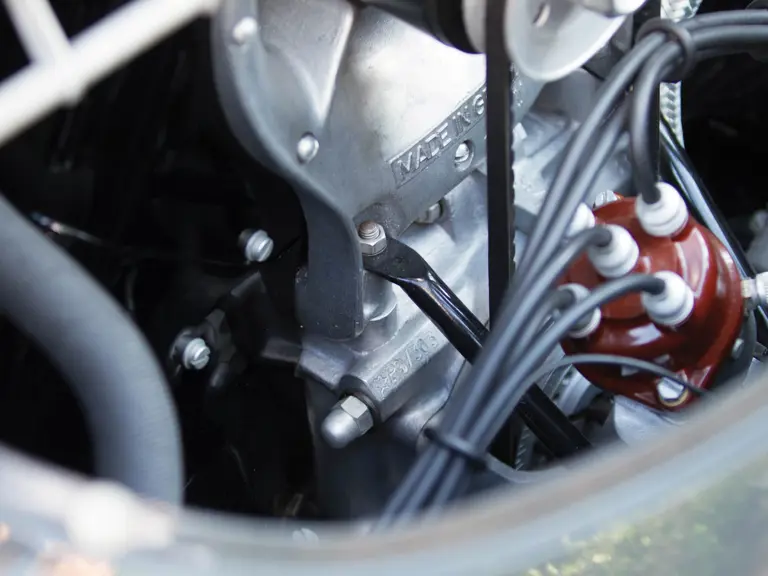

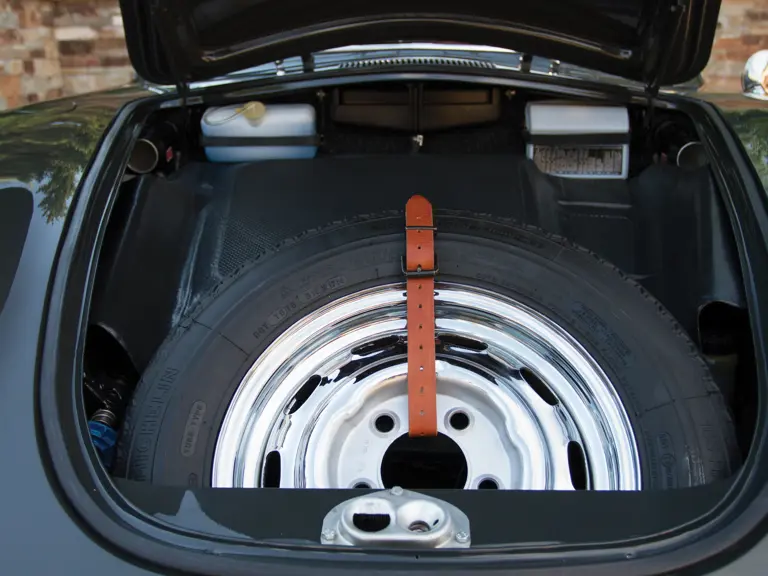

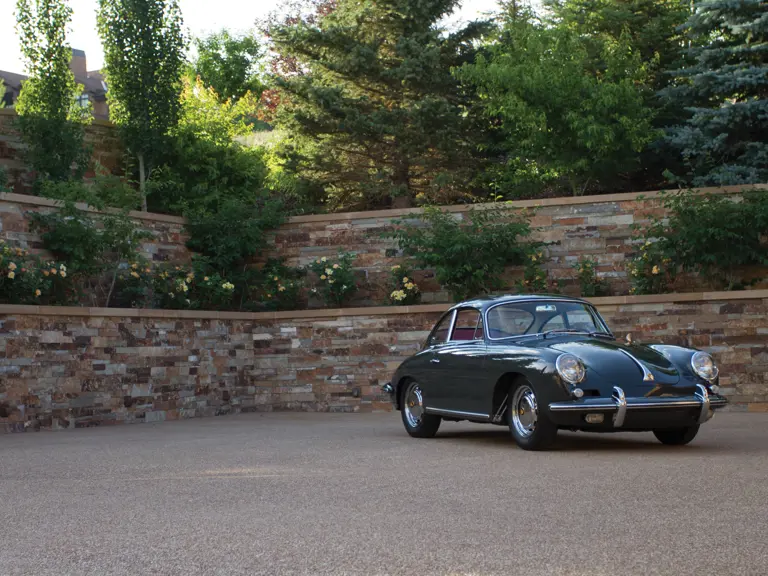
 | Monterey, California
| Monterey, California
